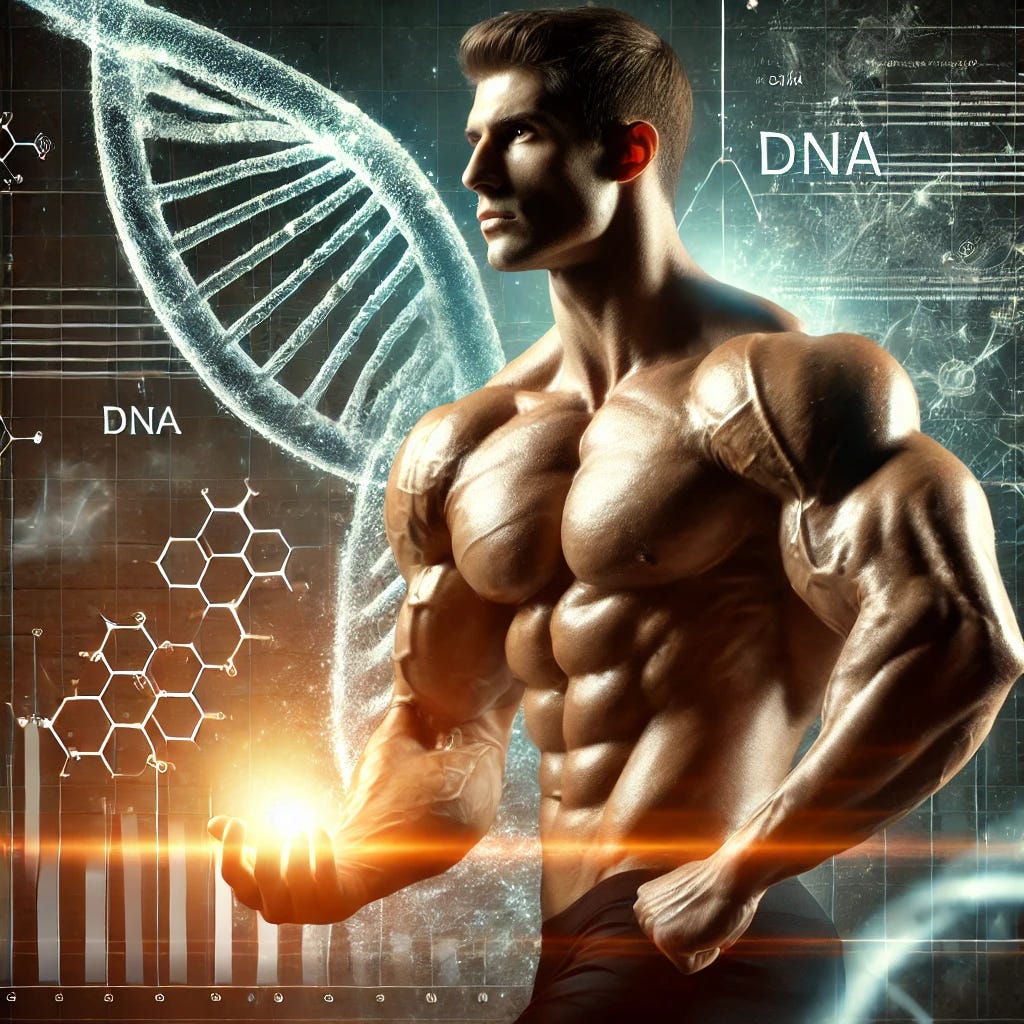The Role of Genetics in Bodybuilding: How Much Do They Really Matter?
Every bodybuilder has asked the question at some point: “How much of my success is determined by genetics?” You see someone in the gym who barely trains but looks like a Greek statue, while others push themselves to the limit with average results. It’s frustrating. But here’s the truth—genetics do play a role in bodybuilding. However, they are not the f…
Keep reading with a 7-day free trial
Subscribe to The Body Doctor to keep reading this post and get 7 days of free access to the full post archives.




